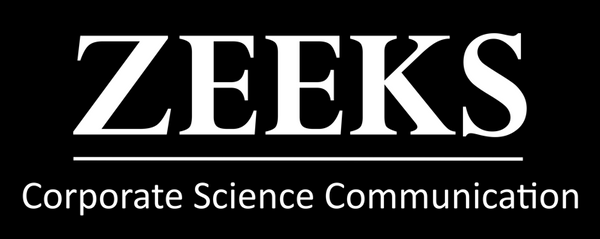In the previous post, we looked at how drawings of what we see under the microscope were defined by the field of view. As the polishing motion necessary to create lenses generates circles amplified by the darkness of the tube lens we got mainly round drawings with a black rim with sometimes added colours (Figure 1).

Figure 1 – Rock sections as seen under the microscope published in the Brokhaus-Konversations Lexicon (1894). Copyright information: Image is in the public domain.
It is worth noting that printing those observations was done on pages usually rectangular as the optimization of the printing press requires something easier to handle than round disks. Rectangle and square have edges making them easy to fix firmly in a frame without the risk of any movement like rotation…. And so, while observation was a round endeavour using lenses, publishing them was a rectangular process defined by the standard of paper manufacturing. One process decides the fate of the other!
But drawing is always an interpretation of what we see, and new media will change the relationship between the circle and the square forever…printing! Frames from windows, doors to screens to collect the pulp and generate a piece of paper making the square and the rectangle strong and faithful systems to build houses and books.
Any Shape Will Do?
A painting requires a frame and naturally, the initial idea of photography follows the same rule using a rectangular plate of glass and a lens. To capture the full essence of the landscape, the photographer always fits the rectangle inside the circle, not capturing the entire lens view but maximizing the use of the plate and so optimising the data gathered rather than data the system could gather.
The first ever picture taken down the barrel of the tube lens of a microscope using a photographic plate (Figure 2) did exactly the opposite or nearly! The photographic plate was used to maximise the microscope field of view, with a bit of cropping top and bottom but not using all the photographic plate capabilities (side black crescents).

Figure 2 – Daguerreotype of yeast (Saccharomyces cerevisiae) Jean Bernard Léon Foucault, 1844.Copyright information: Image is in the public domain.
In terms of geometry, it is easier to fit a circle inside a square or a hexagon and early experimenters settled for square plates rather than rectangular ones where they always made sure to collect all the field of view and so showed the resulting frame in a black framed often tilted to “chop” the corners and limit the amount of black ink used for printing. So, what could be confused as a hexagon is a chopped square.

Figure 3 – Squares and chopped squares – A. a nearly perfect hexagon (Macrophotographie et microphotographie / par F. Monpillard). B. a more obvious chopped square C. And a bad chopping of a square (Cours de microscopie…, Donne & Foucault, 1884) Copyright information: Image is in the public domain.
Digital photography: fitting a square in a circle…
So, we have on one side the eye, round, and the lens round too, looking down a tube and drawing a microscopic scene it observed. On the other hand, a painting or a phototype frames the world in a square or rectangular so we have a conflict. Or the square fits in the circle and we lose part of what the lens sees, or the square lets the circle fit in and we have unused black borders!
And, the same applies to the camera chip as it is a rectangular frame to accommodate the pixel, a small square unit, or maybe not! Anyway, between the Bildpunkt from Paul Nipkow’s patent in 1884 or Hermann Vogel in 1875 and so many ideas on converting dots into picture elements there will be too much to discuss here (read more).
So, the square wins on the imaging side of the process as it will give the final information content, but the circle wins for the view as it is always larger than what the camera chip views! And even if you have a very big view from your satellite and telescope in space you can always fit more than one camera chip and conquer more circle territory using the hexagonal approach (Check out: The 3200-megapixel Space and Time Probe Survey (LSST) camera showing that a circle can fits many squares... )!
Author: Emmanuel G. REYNAUD | Editor: Elisabeth C. KUGLER
